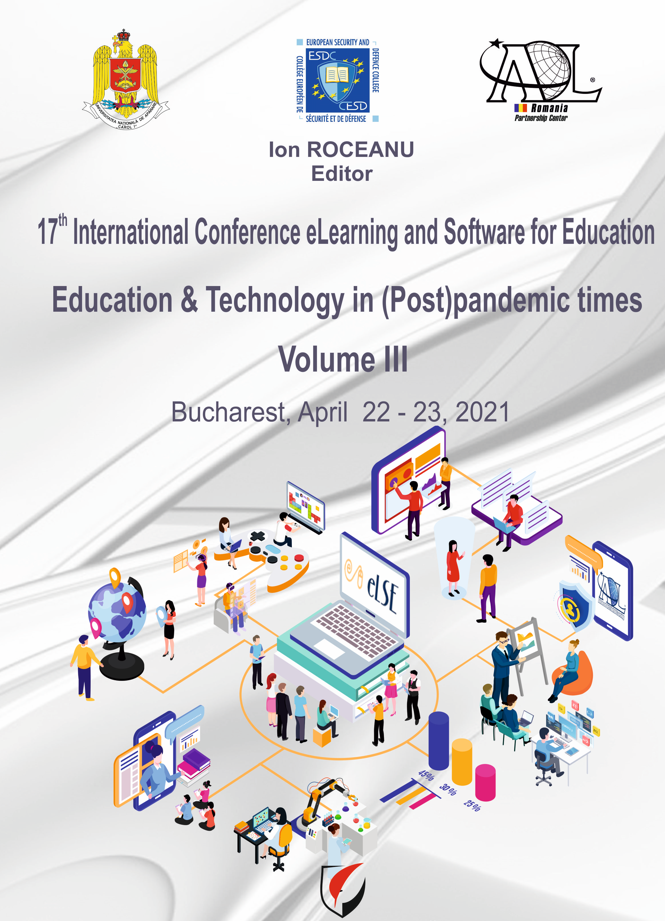SOFTWARE APPLICATION FOR CONSTRUCTION-FUNCTIONAL DESIGN OF PANTS FOR PEOPLE WITH LOWER LIMB AMPUTATIONS
SOFTWARE APPLICATION FOR CONSTRUCTION-FUNCTIONAL DESIGN OF PANTS FOR PEOPLE WITH LOWER LIMB AMPUTATIONS
Author(s): Elena Florea-Burduja, Aliona Raru, Daniela Farima, Marcela Irovan, Iuliana LupuSubject(s): Health and medicine and law, ICT Information and Communications Technologies, Distance learning / e-learning
Published by: Carol I National Defence University Publishing House
Keywords: pants; people with amputations; basic pattern; software application; e-learning;
Summary/Abstract: The course "CAD systems in garments" offered within the master's program at the Faculty of Textile and Polygraphy, deals with the study of various CAD systems used in the textile field. The paper proposes a software application designed to design the product pants for people with lower limb amputations, for women and men, worn during rehabilitation or social integration. The application has a structure with open architecture that allows completing, modifying it according to needs but also automating engineering activity. For the realization of the basic pattern, the data related to the carrier and the product are considered as initial data. The model construction is elaborated by taking into account the product sketch created by the designer which provides information about the types of changes, the location of the product, the contour of the constructive-decorative elements, etc. For the construction of the model, a library was created with functional-constructive elements, depending on the level of amputation of people and their needs. By selecting the necessary constructive-functional elements and combining with the basic construction, we obtain the model constructions of the trousers products for women and men, which have lower limb amputations. The application is designed to allow the subsequent completion of the database with various products for people with locomotor disabilities and the completion of the graphic library with functional-constructive and decorative elements, depending on the type of disability, doctors' recommendations and wishes. All patterns can be easily changed as needed.
Journal: Conference proceedings of »eLearning and Software for Education« (eLSE)
- Issue Year: 17/2021
- Issue No: 03
- Page Range: 129-134
- Page Count: 6
- Language: English

